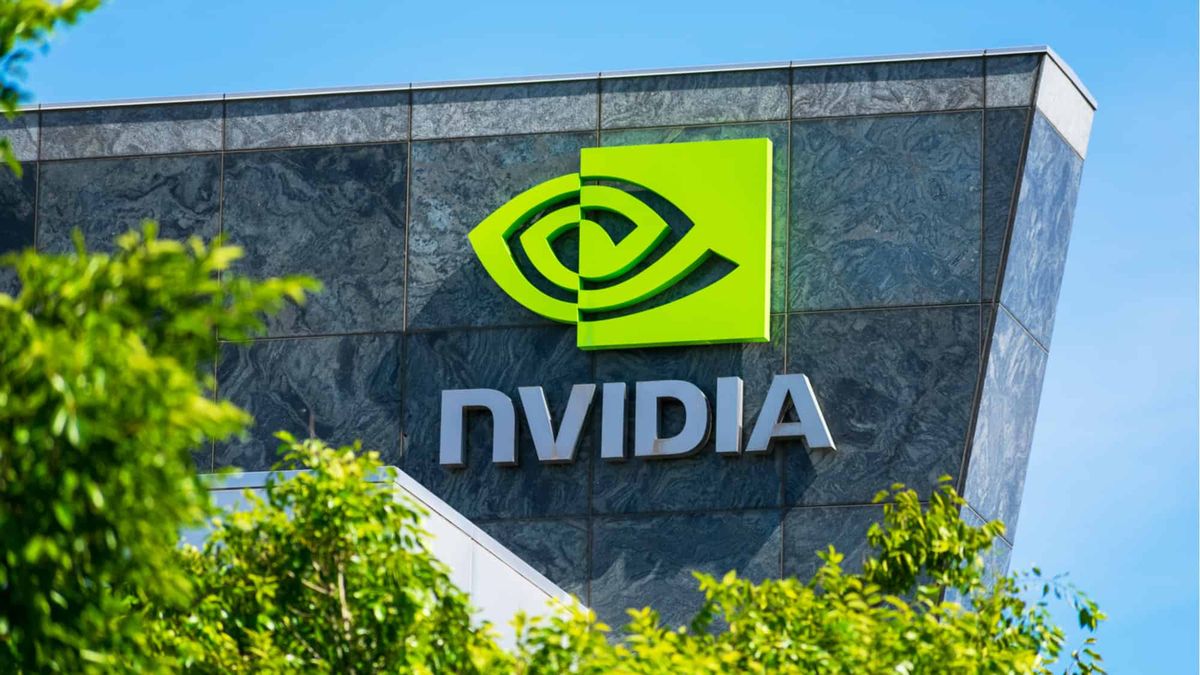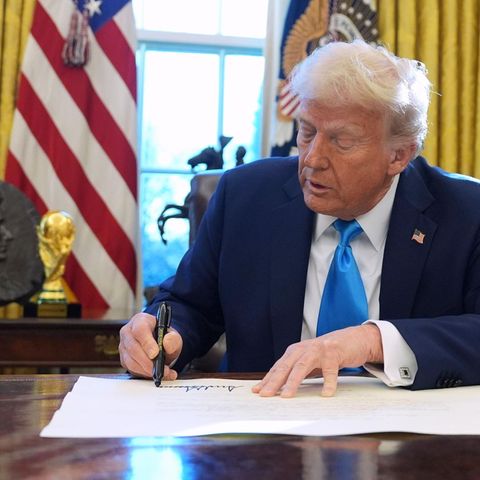For every hedge fund that cuts its stake in Nvidia, another appears that does the opposite. Just a few days ago, at the end of August, of the 74 Wall Street analysts who cover Nvidia and are surveyed by the Bloomberg agency, 66 advised buying more shares of the company. None suggested selling, and the average price they expect for those shares in a year’s time suggests that the company would have a market value of about US$3.5 billion by then.
James Anderson, a veteran technology investor and an early backer of the company, estimated that within a decade Nvidia could be worth $49 billion, surpassing the current combined value of the S&P 500 index of large American companies. For that to happen, All that would be needed would be a constant growth in annual sales of 60% with the same current operating margins, which are 60%, plus some plausible assumptions about the company’s cash flow.
On August 28, Nvidia reported another quarter of spectacular performance: revenue soared 122% year-over-year to $30 billion, an all-time high and well above market projections.
Investment banks expect Nvidia’s annual sales to This year they will doubleup to more than US$100 billion, will grow even half of that during 2025 and will continue to grow at a double-digit annual rate at least until 2027.
By then, its operating profit could top $150 billion, a third more than Apple made last year.
The two threats Wall Street sees for Nvidia’s future success
The best sign of the high expectations generated by Nvidia is that Following the publication of these encouraging results, the price of its shares plummeted, probably because they beat forecasts by a smaller margin than in previous quarters. So now that the hotheads have taken a step back to catch their breath, Perhaps it would be good for you to reflect on two deeper contradictions that threaten Nvidia’s long-term future growth.
The first has to do with its main supplier, because it should not be forgotten that Nvidia designs the chips, but does not manufacture them. That responsibility falls to TSMC, a Taiwanese chipmaker that dominates the market for cutting-edge silicon used in artificial intelligence servers.
As demand for its products soared, Nvidia went from being one of TSMC’s many customers to arguably its second-largest, behind Apple. If Nvidia is indeed “customer B” — one of the two that account for at least 10 percent of TSMC’s revenue and are therefore recorded in regulatory filings — the company made $7.7 billion in purchases from TSMC last year, up from $5.5 billion two years earlier.
With the majority of Nvidia’s $19 billion in purchase commitments for 2025 likely to end up with TSMC, it could soon eclipse its current “customer A,” which delivered just under $18 billion to the Taiwanese firm in 2023.
However, even as the fates of Nvidia and TSMC become increasingly intertwined, their product cycles is taking divergent paths. Earlier this year, Nvidia CEO Jen-Hsun Huang promised to release a new AI chip every year, not every two years, so now TSMC is in a mad rush to expand its capacity: This year it will invest US$32 billion in a new plant, and in 2025 possibly even more.
But building a new factory takes at least 18 months, and since they can cost as much as $20 billion each, cautious discussions with clients begin a year or two in advance. It remains to be seen how they can match Nvidia’s accelerated schedule with TSMC’s more measured pace of decision-making.The first sign of trouble has already arrived: Nvidia has delayed shipments of its latest chips, called Blackwell, by a couple of months due to technical problems.
Nvidia’s dependence on TSMC also reveals the second inconsistency in the argument of investors convinced that the growth of the North American company’s shares is unstoppable.
As TSMC, the manufacturer, controls the volume and efficiency of production, The only way for Nvidia to ensure it meets investors’ bullish sales expectations is to raise prices.
A Blackwell chip will cost 20 to 25 percent more than the previous generation, which was already twice the price of the previous model. Each chip is more powerful than the last, so the cost per unit of computing power is probably falling. But not fast enough for buyers.
Nvidia: Customers Demand Better Price-Performance Ratio in Chips
In August, Andy Jassy, CEO of Amazon, whose cloud computing division is a big consumer of Nvidia chips, acknowledged that there was “We have heard loud and clear the message from customers that they expect better value for money.” In fact, his company is investing in developing its own chip designs, as are Google, Meta, Microsoft and Tesla. And rival chip designer AMD has gone from almost zero AI chip sales in 2022 to a forecast of $5 billion in sales this year.
On August 19, AMD announced the acquisition of ZT Systems, a server manufacturer, which would help it compete with Nvidia’s end-to-end offering. And Chinese tech giants like Huawei, which cannot buy Nvidia’s high-end equipment because of trade sanctions imposed by the United States, could make advances that would cause Nvidia’s market share to shrinkas with Chinese competitors such as BYD, which stole a significant share of the electric car market from Tesla.
Even assuming that a revolutionary application eventually emerges – something that has not yet happened – if generative artificial intelligence (AIg) does not become much cheaper, It is unlikely to be used massively: : Solving a query on ChatGPT can cost seven times more than on Google. Nvidia may soon have to choose between lowering prices to support its growth or maintaining them to preserve its profit margin.
For now, Nvidia’s “bulls” They believe they can achieve both. In this climate of irrational effervescence, the few remaining “Nvidia-ensis bears” may not be able to resist the temptation.
Source: Ambito
I am an author and journalist who has worked in the entertainment industry for over a decade. I currently work as a news editor at a major news website, and my focus is on covering the latest trends in entertainment. I also write occasional pieces for other outlets, and have authored two books about the entertainment industry.




